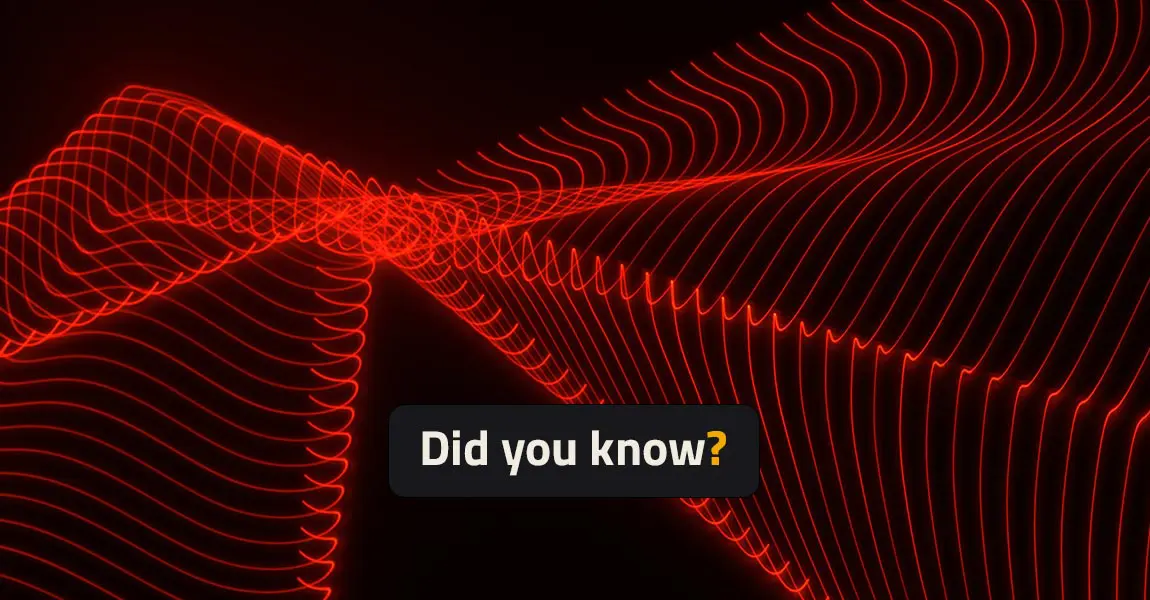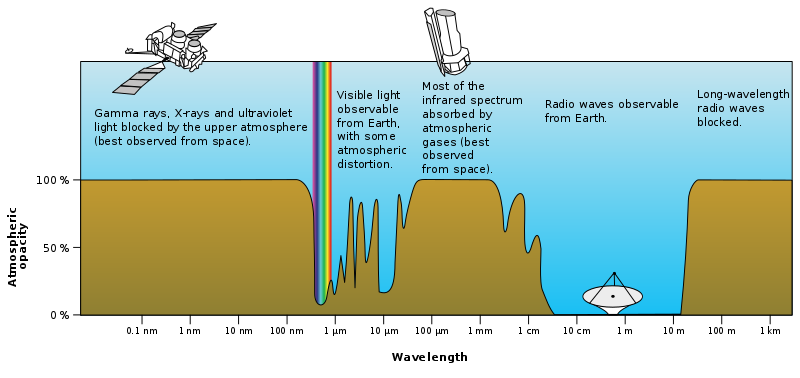Why does LiDAR have a specific wavelength? Part.2

Another specificity of LiDAR wavelength: atmospheric absorption.
A sun beam emits up to 150K lux. It is like receiving light from 15,000 candles at the same time.
One that is direct or reflected, can be misinterpreted by the LiDAR and be considered as a laser return. The water molecules in the atmosphere absorb a good part of the solar radiation, thereby reducing the chances for the sun beam to reach the LiDAR sensor.
Our LiDAR systems use special wavelengths: 903 nm and 905 nm. Why is that?
The light that comes to us from the sun passes through the atmosphere, which absorbs some of the radiations. Water, which is constantly present in the air, absorbs these radiations. It is observed that a very little part of 905 nm sun’s radiation is present in the atmosphere because it is mostly absorbed by water vapor.
In addition, a narrow band pass filter is placed in front of the LiDAR sensor. In this way, only a selected wavelength with few nanometers around the filter central wavelength can pass through it. In other word, it filters all the sunlight that could generate wrong data (i.e. noise). This optimizes the fact that the light captured and recorded by the LiDAR corresponds to the light it has generated itself.

Sources : NASA (original); SVG by Mysid. – Vectorized by User:Mysid in Inkscape, original NASA image from File:Atmospheric electromagnetic
N.B. Author Léa Moussi. The content of this article is protected by copyright.



